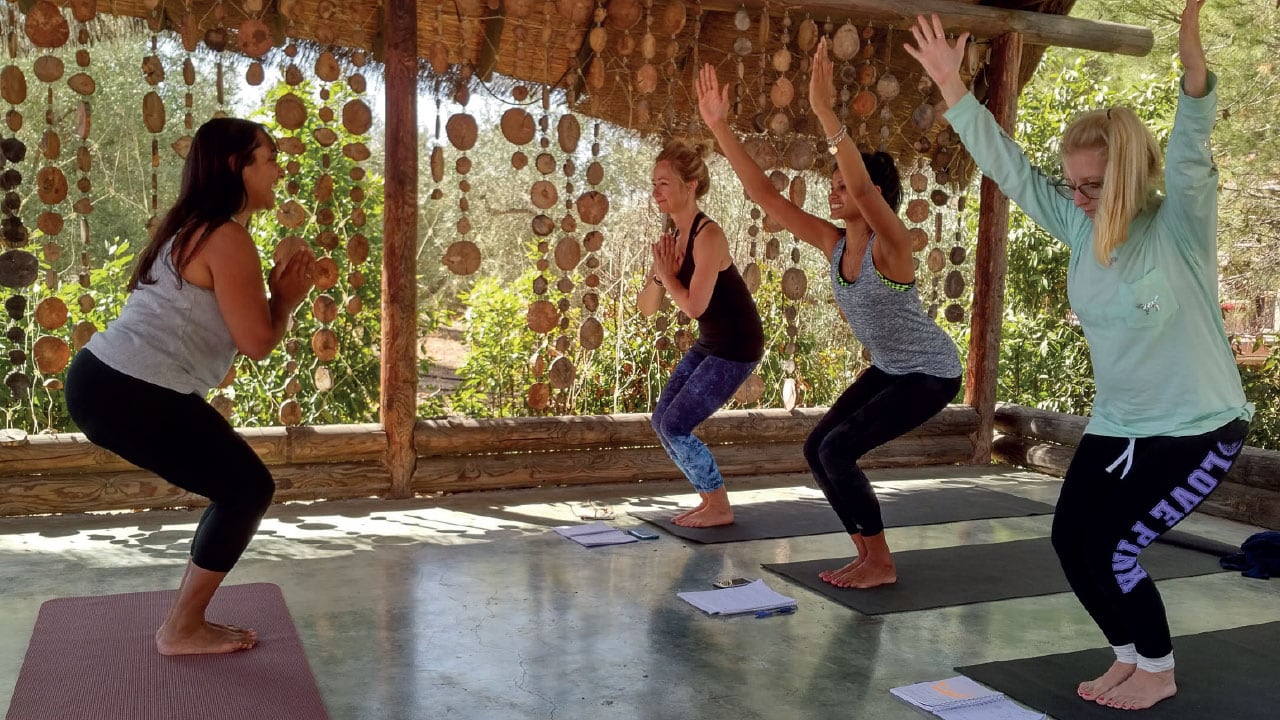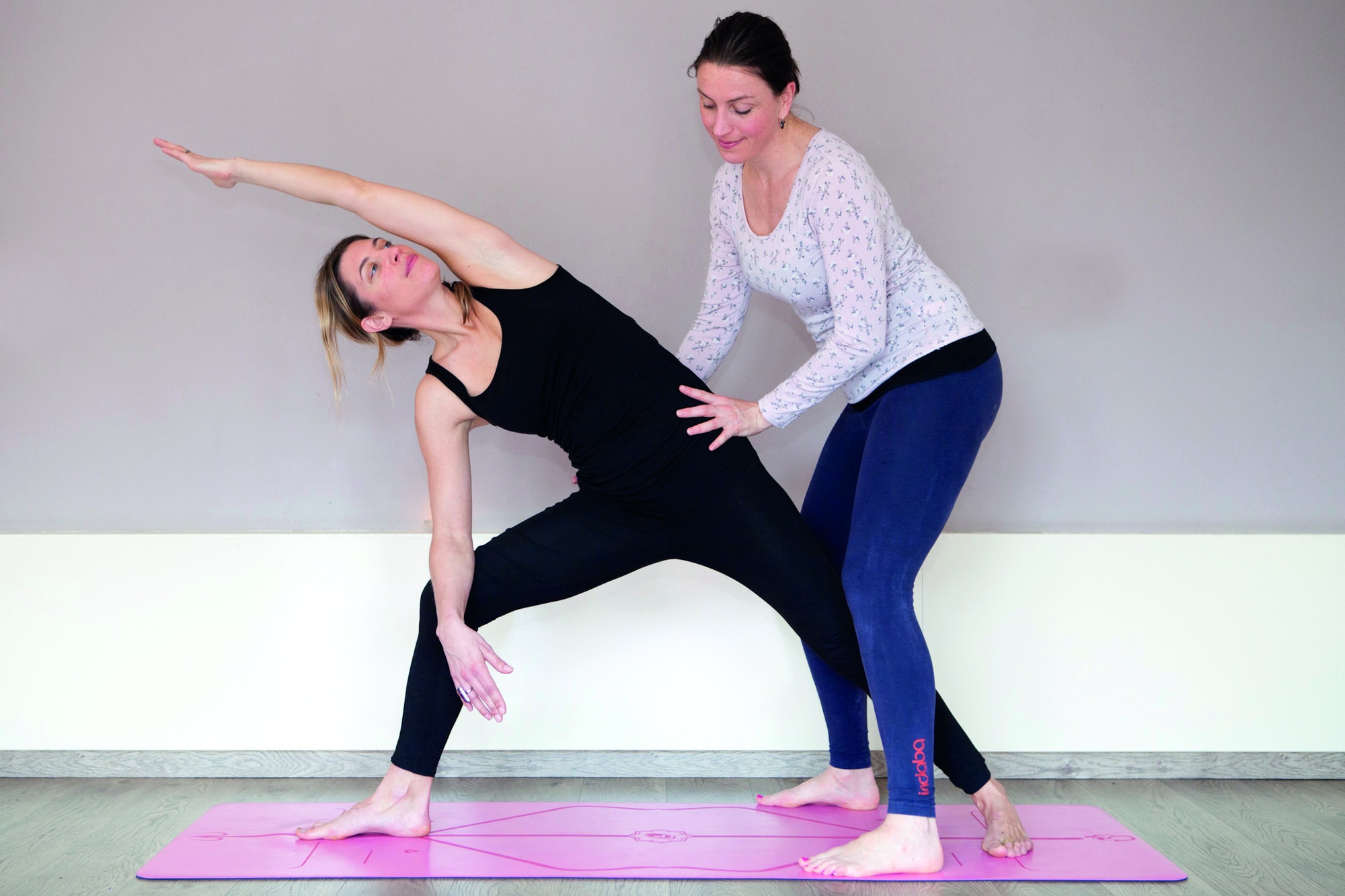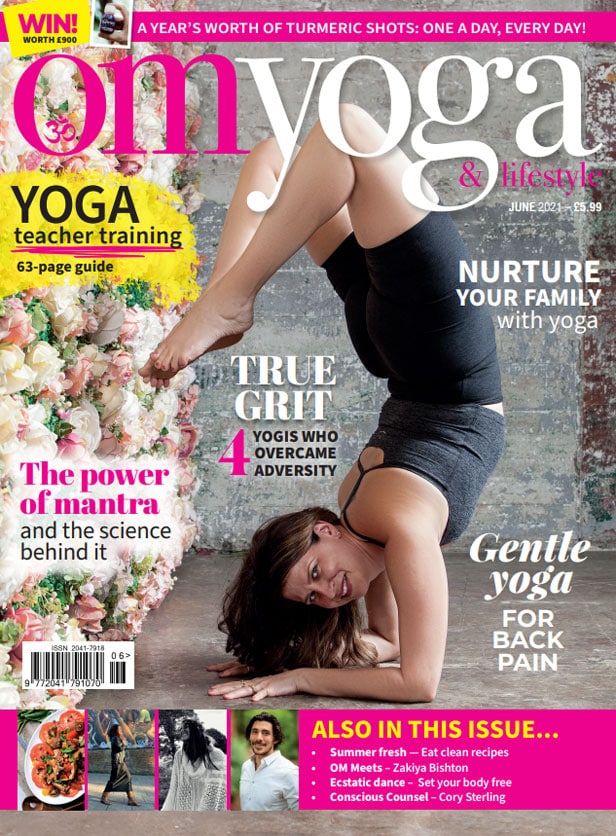
Preparing for yoga teacher training
What can a student do to be ready for a teacher training course? By Sally Parkes
Having taught yoga teacher trainings since 2010 I have noticed a huge increase in students enrolling in the now many various yoga trainings being offered. And whilst many students are very enthusiastic about their upcoming training, it can be challenging to know the best way in which to prepare mentally and physically in order to enjoy the optimum learning experience. So, what can we do to make the relationship between student and training school more effective and bring the student closer toan authentic outcome? Let’s take a look at some ideas that many of my students have found helpful.
Yoga asana practice: The regular and steady practice of yoga asana (yoga postures) is of course a wonderfully effective way in which we can prepare for a yoga training and is also known as Sadhana. On a subtle realm, it helps to clear energetic blockages in our chakras system, positively effecting our koshas. And on a more physical level, it helps us to build stamina across all the components of fitness. We also build the mental focus and strength required to deal with challenges that may arise during the course of the training, and throughout a yoga career.
On a more practical level, learning the names of at least some of the yoga asanas in both English and Sanskrit can help you feel more confident going into the training. This can also help you follow the lessons more easily.
Different styles of yoga: Most of us have a favourite style of yoga which we tend to stick to, but by exploring the differing styles available, we can sometimes further uncover and clear energetic blockages that would not have been unearthed otherwise. This is because different methods of yoga place differing emphasis on the various elements of yoga, with some going deeply into chanting, some more into meditation and some the act of karma yoga, all of which can potentially help to polish and refine our insight more deeply than if we had we stuck to a single approach.
Practice meditation: With our busy minds as they are, meditation is often perceived as the more challenging part of the yoga system to learn. But even a regular practice of 10 minutes a day can really help us to arrange our thoughts more helpfully, hone our insight, and connect with our intuition. The result is that we can then more thoughtfully and calmly guide ourselves through yoga teacher training and life beyond.
Create a sacred space: Having a designated space in your home can assist you in maintaining consistency in your practice, be it yoga asana or mediation. And if you are limited on space, creating a small altar area with some objects and imagery that are personal to you, can be a great idea. This is a way to create a safe space to process and work through emotions that arise during your teacher training journey. And then, over time, it can become a valuable tool in helping you to feel more connected to your consciousness each time you take a quiet moment to reflect upon it.

Detox your lifestyle: You may have found already that with the regular practice of yoga, certain unhelpful lifestyle choices have already dropped away. But to prepare for your yoga training further, we can cleanse our digestive system, organs and energy field by refining our diets and upping our nutritional intake. This could be as simple as increasing water, fruit and vegetable consumption in your meals and/or pausing or stopping alcoholic drinks during the week for example, to a more thorough approach like switching to a Sattvic diet. Earlier nights and being mindful of what we ingest through the media can also be helpful ways to detox the mind and remain focused on the task at hand.
Study yoga philosophy: By learning the Eight Limbs of Yoga, the system which underpins a life as a yogi, we can really get a sense of why we are practicing yoga asana in the first place, and the context in which it actually exists. This provides us with the ideal setting for us to practice the physical and subtle side of yoga, and ultimately for it to make more sense.
Journaling: Regularly writing down thoughts and questions, lines of inquiry regarding ourselves and the world around us, and our responses and reactions to situations for example, can all assist in our personal self-development, and therefore our preparation for yoga training. It can also be helpful to look back and see how your inner dialogue has changed post-training too so you can see how far you have come.
Know the course materials: It can be quite overwhelming for some to be in a new environment with new people and then be expected to make sense of new training manuals and other materials as well. So, if at all possible, obtain copies of the course material prior to the start dates so you can get to know them a little beforehand so it’s easier to make notes and again feel more confident going into the training.
Managing expectations: And lastly, it is near impossible to embark on such a potentially profound journey of learning without some pretty solid expectations. However, yoga has a way of shifting us towards the unexpected, and so by cultivating the practice of non-attachment to a specific outcome, we can simply see what comes up, and this can be helpful in making the experience more true. For example, sometimes students move in a different direction in the style of yoga that they are intuitively led towards teaching to what they had expected, whilst others don’t teach at all. Others teach full-time and never look back. It really is a personal journey, and the destination can be very unknown…and that’s okay too.
Sally Parkes BSc is the founder of The Sally Parkes Yoga Teacher Training Academy and author of the bestselling book The Manual of Yoga Anatomy @sallyparkesyoga




